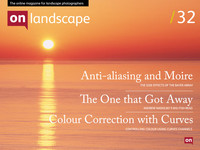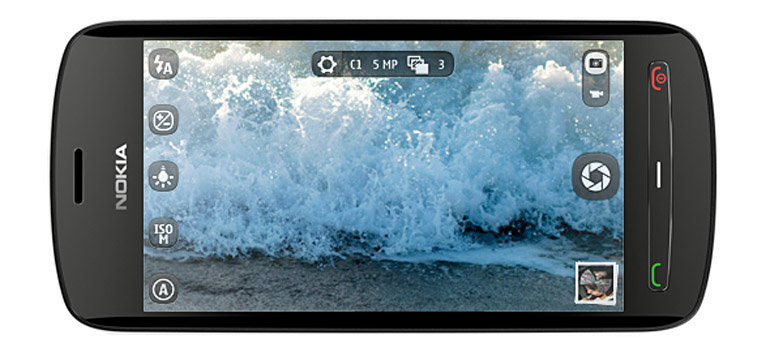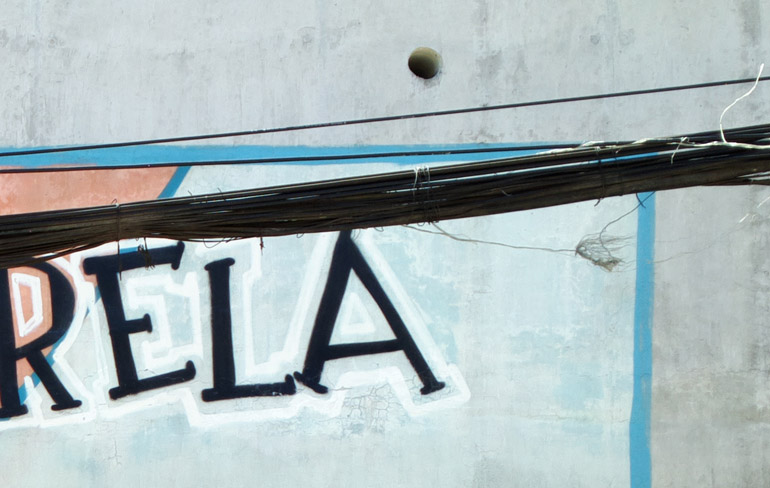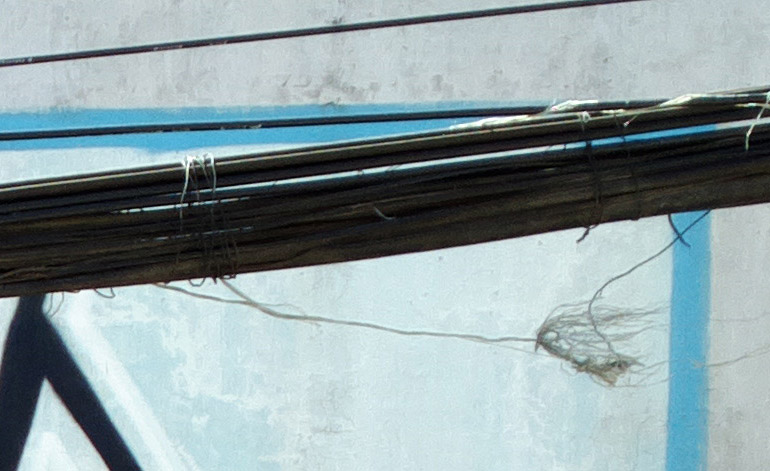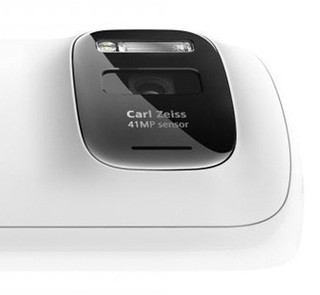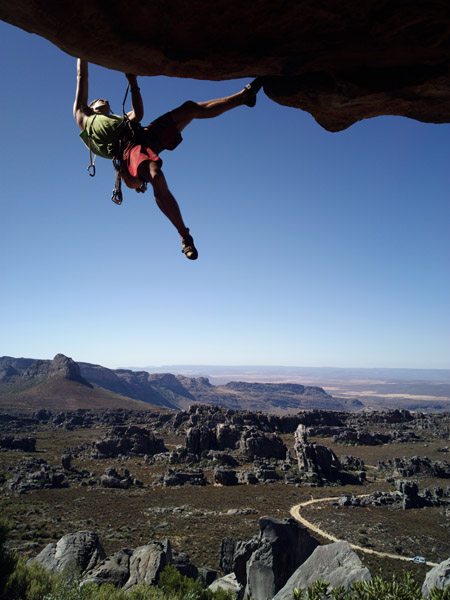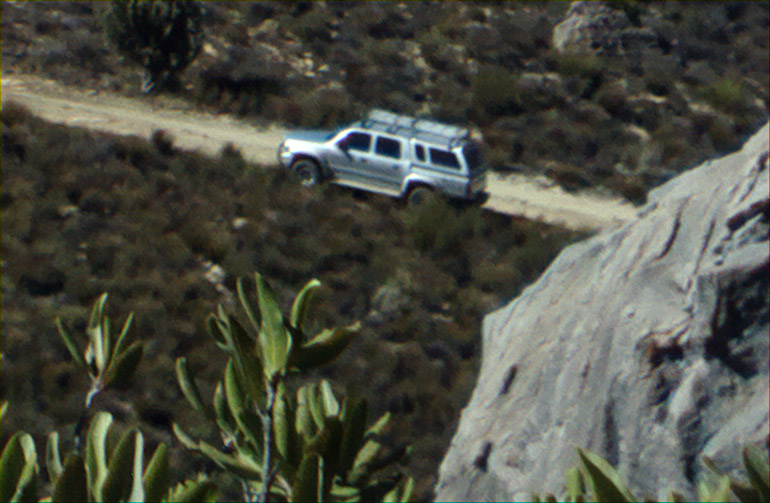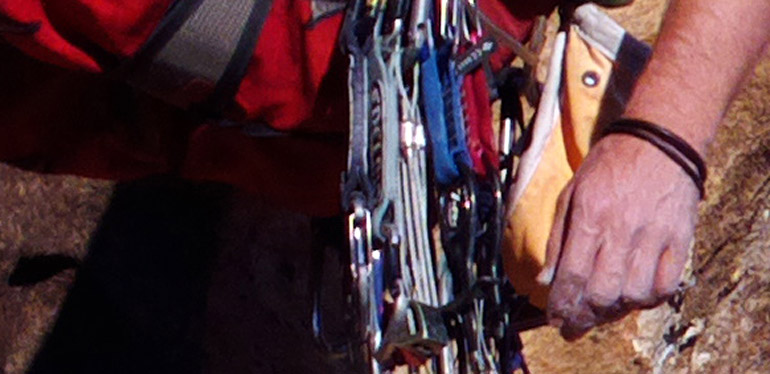More megapixies than Nikon’s D800

Tim Parkin
Amateur Photographer who plays with big cameras and film when in between digital photographs.
OK - we've been keeping a place open for this one.. Nokia have just out specced nearly all of the camera companies in one fell swoop. The new Nokia 808 will have 41MP!! This looks like a typo when you first see it. FORTY ONE MEGAPIXELS! Well, my first reaction was - must be a fake - but no, lo and behold they've actually created a camera with more megapixies than Nikon's new D800.
The second thought is "Must be a marketing gimmick - there is no way they can make a camera that resolves 41Mp of data" - well, it turns out that they can. The first sample images have been release and I have to say they're pretty damned good.. no scratch that, they're stunning! Here's is a sample with some enlarged details following it.
Having done a bit of analysis of this picture, I'm pretty sure I can see near pixel level detail in those cables or at least 2px level detail. This is amazing for a lens never mind a sensor! The lens, out of interest, is supposedly built to a tolerance surpassing that of DSLR lenses, 10x so according to the PR surrounding this camera. I think this must be to do with the lens system, not the lens itself. I can imagine this to be true because just the construction of larger lenses - plastics involved, machining etc, may be a source of innaccuracies.
However they've managed this, it's damned impressive. Let's take a look at some of the specifications for the camera system.
- Xenon flash with operating range up to 3.5 m depending on conditions. Automatic fill-flash
- Focal length: 8.02 mm f/2.4 (35 mm equivalent focal length -26 mm, 16:9 / 28 mm, 4:3)
- Lens: 5 aspherical elements, 1 group.All lens surfaces are aspherical, one high-index, low-dispersion glass mould lens
- Shutter: Mechanical shutter with neutral density filter
- Focus: Hyperfocal, Macro, Infinity and Auto; range - 15 cm ~ infinity
- Aspect ratios and resolutions: True 16:9 (2 MP, 5 MP [Default], 8 MP, 41 MP) 4:3 (3 MP, 5 MP, 8 MP, 41 MP)
- Image size: 7728 x 5368
- Still images file format: JPEG/EXIF
- Pizel Size: 1.4um
- Automatic location tagging (Geotagging) of images and videos
- 16 GB internal user memory and support for up to 48 GB with an external microSD memory card
- Weight: 169g
The standout information here are the Carl Zeiss lens... five aspheric elements and one full glass mould coated element. That's a pretty damned complicated lens! On top of this we have a 35mm equivalent focal length of around 28mm (3.5x crop factor) - nicely wide enough for landscape. The only sad news is no RAW but, hey, this is a phone camera!!
The specs also say that it can process 1 billion pixels per second, that means it should turn around a single image in about a 60th of a second (all else being equal).
The logic behind all of these pixels is to oversample the image. This has a logic in audio as well as photography. In audio, the highest frequencies we can hear are about 16kHz with some people managing 18 or maybe 20kHz. In order to get great quality audio though, we need to sample at 44 or 48kHz. Nokia are doing something similar to this and they are 'clustering' groups of pixels together, seven at a time, to create a single, very high quality pixel. Because the 7 sub-pixels should have all colours available then we should get good, moire free colour and because of the averaging effect, the noise should be very low. This means the camera will produce astonishing five megapixel pictures.
Here's a diagram and a a promo video showing the aspect ratio's vs megapixies..
According to Nokia ...
The starting point is a super-high-resolution sensor. This has an active area of 7728 x 5368 pixels, totalling over 41Mpix. Depending on the aspect ratio you choose, it will use 7728 x 4354 pixels for 16:9 images/videos, or 7152 x 5368 pixels for 4:3 images/videos as is shown in Figure 1:"
"Pixel oversampling combines many pixels to create a single (super) pixel. When this happens, you keep virtually all the detail, but filter away visual noise from the image. The speckled, grainy look you tend to get in low-lighting conditions is greatly reduced. And in good light, visual noise is virtually non-existent. Which means the images you can take are more natural and beautiful than ever. They are purer, perhaps a more accurate representation of the original subject than has ever been achieved before."
"With the Nokia 808 PureView, you get effective maximum aperture throughout the zoom range. Whereas with optical zoom, less light tends to reach the sensor as the zoom increases. At maximum zoom, 5.4x more light reaches the Nokia PureView Pro sensor than a broadly equivalent optical-zoom digital camera (f/5.6 as opposed to f/2.4). And this means you get the benefit of faster shutter speeds."
So there seem to be quite a few benefits involved here. What does this say about camera sensors though? Well there are obviously quite a few compromises involved here but, looking at the pictures it certainly seems like Nokia have produced a sensor that could provide the basis for movement beyond the current sensor designs. This 'oversampling' allows different colour sensor distributions and also introduces the possibility of have more than three colours (a hexacolor sensor filter perhaps with a clear pixel - perhaps that's why there are 7 sub-pixels?).
I expect this technology to make it's way into compact cameras quite soon which will make some interesting possibilities. For a start, at this pixel density a micro four-thirds camera could have an image size of 12,500px by 9,300px for a sum total of 116 megapixels.
A lot of people may say "What about diffraction?" - well, at the f/2.4 aperture that the lens has, the diffraction 'spot size' is 3 microns - this just happens to be twice the size of the pixel sensor. Handily, this means that diffraction is acting as a built in anti-aliasing filter, averaging the light over the (probable) different coloured pixels in a sub-pixel set!
What I expect to see is a 40-60 megapixel micro four thirds (or similar size sensor) camera built on this technology using down sampling to produce critically sharp 10-15 megapixel images.
Anyway - enough of the waffle..
Let's take a look at another picture. Take a look at the bottom right and corner - following this picture is a crop showing the car parked on the track.
You can download some more full size images here and here.
Here's one more for luck...
I'm sure we'll see more about this new phone in the up and coming days and I'll try to add links to those resources here.
Read more about this new 'camera' here :
UPDATE: Ziess have written about the making of the lens for the N8 and N808 Pureview.

